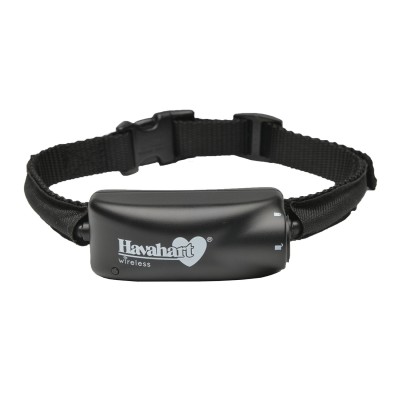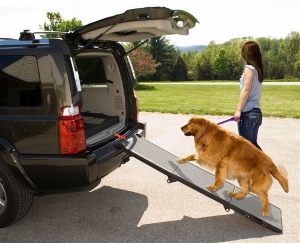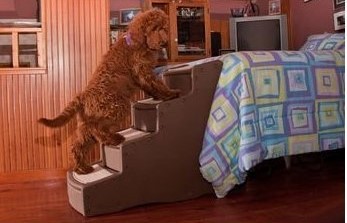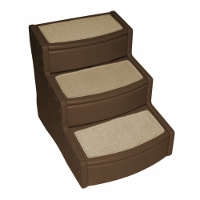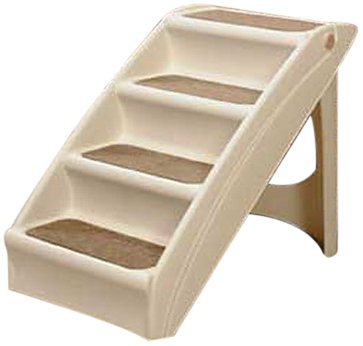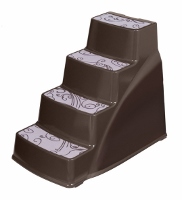style="float:none; /*width:635px;*/">A Complete Guide To Buying A Wireless Pet Fence

Here are four brief articles that will help you buy the best wireless pet fence for your needs! These articles cover everything from buying the wireless pet containment system to the effectiveness of the fence so that you have realistic expectations as well as the wireless dog collar and finally the pros and cons of a wireless pet fence. Happy reading!
Buying A Wireless Pet Fence
Sometimes it is quite difficult to train a dog to stay within a certain area. This is the reason why we see dog fences and why many have also opted to chain their dogs in addition to having fences. Whether you live out in a farm and want to keep the dog from your vegetable garden or you’re in the suburb and want him out of your neighbor’s lawn, there is an alternative to training to stay within the bounds that you set for him. Although fences and chains are still widely seen and used, for those looking for an alternative, they might be attracted to what they call wireless pet fences. Yes, wireless dog fences are available and work because of radio waves transmitted. The waves are transmitted to the electronic which is attached to the dogs’ collar. It is a good way to train dogs to stay within a certain area. For animal lovers who are considering to buy this gadget, it is important to know some of the drawbacks so that you can choose from a brand which addresses them the best.
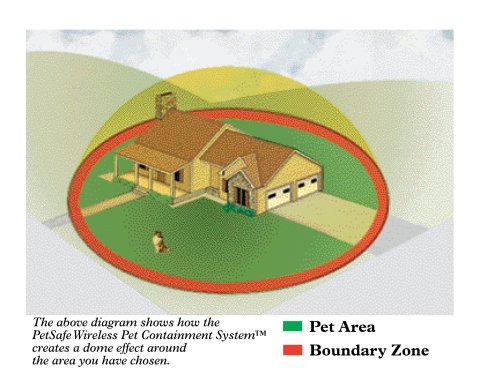 Two things that need to be checked when considering purchasing one of these are the boundary wobble and the retreat response. One drawback of wireless dog fences is that there is what they call the boundary wobble. What this means is that there may be times that the boundary might move which makes it harder for dogs to learn the actual limit to where they can go. This is especially difficult if you want to keep your dog from potential harm on the opposite side of the boundary line. For example, your yard may be facing the road where your dog may accidentally get hit. So if this boundary line wobbles, your pet might not clearly understand his limits. Another aspect to look at is the retreat response as well. This is the distance that the dog must acknowledge and retreat from to stop the correction. Sometimes it means that the dog needs to retreat from a further or longer distance.
Two things that need to be checked when considering purchasing one of these are the boundary wobble and the retreat response. One drawback of wireless dog fences is that there is what they call the boundary wobble. What this means is that there may be times that the boundary might move which makes it harder for dogs to learn the actual limit to where they can go. This is especially difficult if you want to keep your dog from potential harm on the opposite side of the boundary line. For example, your yard may be facing the road where your dog may accidentally get hit. So if this boundary line wobbles, your pet might not clearly understand his limits. Another aspect to look at is the retreat response as well. This is the distance that the dog must acknowledge and retreat from to stop the correction. Sometimes it means that the dog needs to retreat from a further or longer distance.
This type of tool is battery operated and the transmission will not hurt the dog. This product is approved and acknowledged safe for pets. There are different styles and types of wireless fences that you can buy online. It would be to your advantage to look at the different kinds and read what customers had to say about it. Not all will have the same features so it is important to check what kind of level of training your dog needs and the environment that you want to contain him in.
Training a pet with a wireless pet fence may save you from yelling or getting negative stares when guests see your pet chained. Training can be a pleasant and fruitful experience with the use of this tool. Not only will you benefit but your dog will also appreciate your training technique and appreciate how easy it is to learn the boundaries with a wireless dog fence.
Effectiveness Of, And What To Look For, In A Wireless Pet Fence
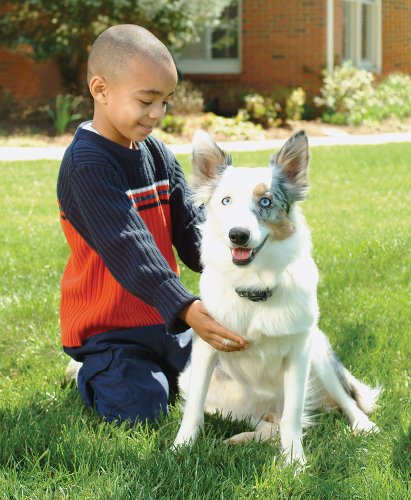 If you have a stubborn dog that keeps escaping your yard and getting into mischief in the neighbor’s yard or with other dogs or wildlife, you need a wireless pet fence to rein him in. There are plenty of other ways to keep him inside the yard, from chicken wire to concrete fences, to chain link kennels, to constant supervision, but not all these are safe for your dog or as effective as a wireless dog fence. Some of these solutions, like yelling and begging or chaining your dog to a stick, are pretty unsightly and rarely work. No matter what size a dog is, if it really wants to get out, it can. There are a lot of wireless pet fence reviews in the market that discuss the pros and cons of certain products. Invisible dog fences really work for almost any dog.
If you have a stubborn dog that keeps escaping your yard and getting into mischief in the neighbor’s yard or with other dogs or wildlife, you need a wireless pet fence to rein him in. There are plenty of other ways to keep him inside the yard, from chicken wire to concrete fences, to chain link kennels, to constant supervision, but not all these are safe for your dog or as effective as a wireless dog fence. Some of these solutions, like yelling and begging or chaining your dog to a stick, are pretty unsightly and rarely work. No matter what size a dog is, if it really wants to get out, it can. There are a lot of wireless pet fence reviews in the market that discuss the pros and cons of certain products. Invisible dog fences really work for almost any dog.
An acquaintance tried and invisible dog fence and it failed. Why would a dog fence work for me?
Electronic dog fences work fine most of the time, but there are rare chances that they do sometimes fail. Most dogs respond well to a dog fence, while a small percentage doesn’t. The failure is not caused by the technology itself, but is caused by inadequate training or low-quality hardware.
Training. A wireless pet fence is just a training aid that teaches your pet to stay within a defined boundary. In order for your dog to respect the dog fence, you need to spend at least 15 minutes a day for the first 10 – 14 days after installing, to train him to understand how the electronic dog fence works. Always make sure that your dog wears the dog fence collar or receiver every time he is outdoors. Periodically check the receiver to ensure the batteries are charged and the unit is working properly.
Hardware. There are a lot of different brands of wireless pet fences available at retail stores, online and local professional installers. Unfortunately, not every brand has the features you’ll need to constantly contain your dog. Before selecting the perfect dog fence for your needs, you should look for the following features:
- A transmitter that includes lightning protection or purchase a separate lightning protection device.
- A receiver or the dog collar, that includes a variety of correction levels, from warning beeps, to very faint to relatively powerful.
- Comprehensive warranty coverage or support.
- Outdoor rated wire.
What You Need To Know When Buying A Dog Fence Collar
A dog fence collar is device wrapped around your dog’s neck and corrects your dog with small static zaps when he ventures outside his invisible fence boundary. There are many wireless dog fence reviews in the internet that can discuss more of this for individual brands and products. The following are the five top things to remember about dog fence collars.
 Buy a dog fence collar with multiple correction levels. – Some dog fence collars include only one correction level that can be ineffective for most dogs. They can be too strong for dogs with a particularly sensitive personality and too weak for more self-assured dogs. The correction levels should be easily adjustable, from the warning beeps, to low level, to a higher level, to more effectively and safely train your dog. Also, a good dog fence training process starts by using the very low correction levels. As your pet learns his boundary lines, you should increase the correction level until it’s powerful enough to stop your dog from challenging the fence. Obviously, you can’t follow this method with a single-level receiver.
Buy a dog fence collar with multiple correction levels. – Some dog fence collars include only one correction level that can be ineffective for most dogs. They can be too strong for dogs with a particularly sensitive personality and too weak for more self-assured dogs. The correction levels should be easily adjustable, from the warning beeps, to low level, to a higher level, to more effectively and safely train your dog. Also, a good dog fence training process starts by using the very low correction levels. As your pet learns his boundary lines, you should increase the correction level until it’s powerful enough to stop your dog from challenging the fence. Obviously, you can’t follow this method with a single-level receiver.- Buy a dog fence collar that uses static correction. – Some dog fence collars use audible tones or beeps or citronella scent as a correction method. These fences may be able to keep your dog out of your garden or your pool, but don’t rely on one to keep your dog where you want him.
- Regularly replace your dog fence collar batteries. – Some batteries last more than a day, some longer than a week, but if the battery runs out, your dog will surely run away. Check the collar’s battery at least once a week to make sure they still have juice. Rechargeable batteries will need to be replaced with new ones and not just recharged, in 3-6 months.
- Consistency counts. – If you want your dog to stay where you want, make sure he wears his fence collar every time he’s outside. Otherwise, your dog will realize that the dog fence sometimes works and sometimes doesn’t. He can get confused, or just run away.
- Never attach a leash to the dog fence collar. – These fence collars have small metal prongs that lay flat against your pet’s neck. Normally, these prongs are unnoticeable to the dog, but if you put a leash on the collar and tug, your dog will feel uncomfortable with the prongs.
Pros And Cons Of A Wireless Pet Fence
A wireless pet fence is a portable device intended to transmit signals to a receiver on the collar of a dog. It is plugged into any electrical outlet or operates on batteries, typically near an area where a pet owner wants to enclose his dog, such as keeping him within the lot perimeter around the house. When the dog gets close to the area near the transmitter, a beeping tone is heard. If the dog persists in entering the area, the collar releases a static correction to startle the dog and keep him from leaving the set area.
Typically, the transmitter is kept indoors so that it will not get wet. Some people hide the transmitter in a garage or inside a closet. This device sends out a signal that encompasses the surrounding area based on the radius you choose: this can range from a few feet up to the maximum limit of the device, which ranges from 60 to 250 feet depending on the price point you choose. Transmitters typically have easy control dials for adjusting the signal range.
The special receiver collar is designed to send out a warning beep first, and then a mild static energy pulse which has been tested for safety. In fact, the device has gotten the approval as a humane way of keeping the dog within wireless boundaries. A little training will usually get a pet to learn to heed the warning with no need of getting “zapped.”
If you are considering getting a wireless pet fence, make sure you understand the following pros and cons:
Pros:
- The device is very easy to setup and can set your mind at ease that your pet will not leave the boundaries, with no need of inflicting pain.
2. You will not need to build fences and face up to local zoning restrictions, and they obviously cost less.
3. Some models allow a mode in which the receiver only gives out sounds instead of static energy to keep the dog inside the boundaries.
4. This can be used both indoors and outdoors, unlike other invisible fences that require wires to be buried underground.
5. It is portable, allowing you to use it even when you are out traveling with your dog, provided your pet has already been trained to heed the warning.
Cons:
- As is the case with dog collar training and invisible fences, a wireless pet fence is not something that happens automatically; it requires commitment and training.
2. The fence does not keep other animals from entering your yard or approaching your dog.
3. The device may not be effective in keeping an aggressive dog, or a pet with high static correction tolerance, contained within the boundaries.
4. Some dogs may be bold enough to run past the static area and avoid coming back with the memory of the static.
Of course, there is no way to predict how a dog exactly how a dog will react to a wireless pet fence, but when you know your dog and believe that he will respond well to this sort of training, you will find the wireless dog fence to be a very helpful way of keeping your pet inside the designated area.
